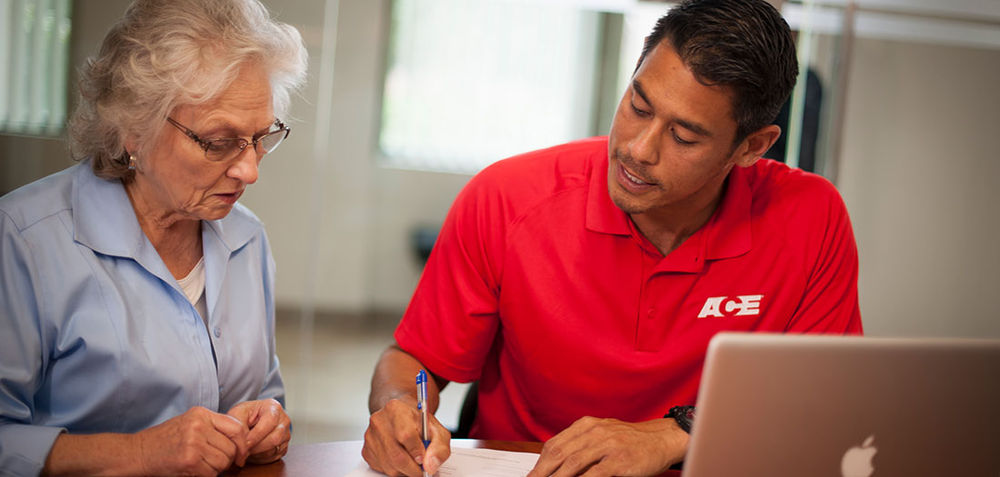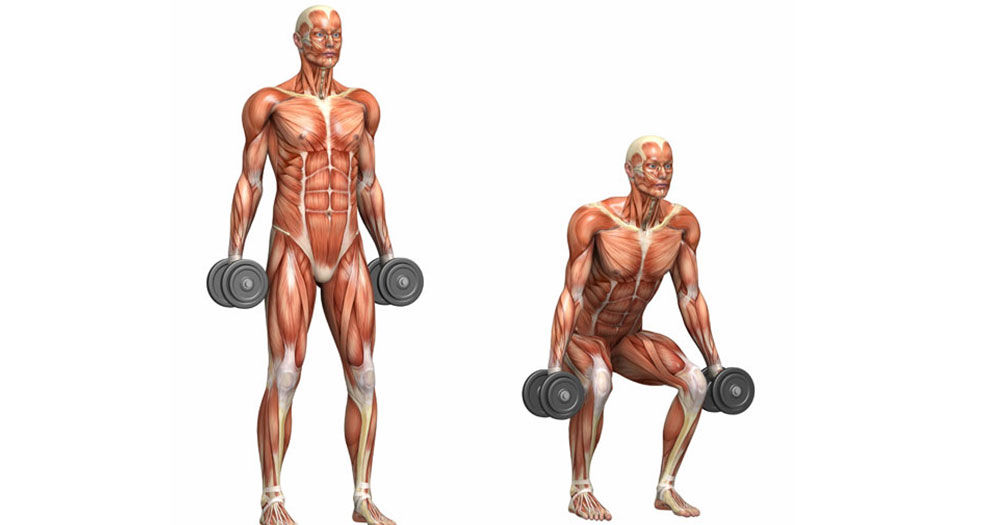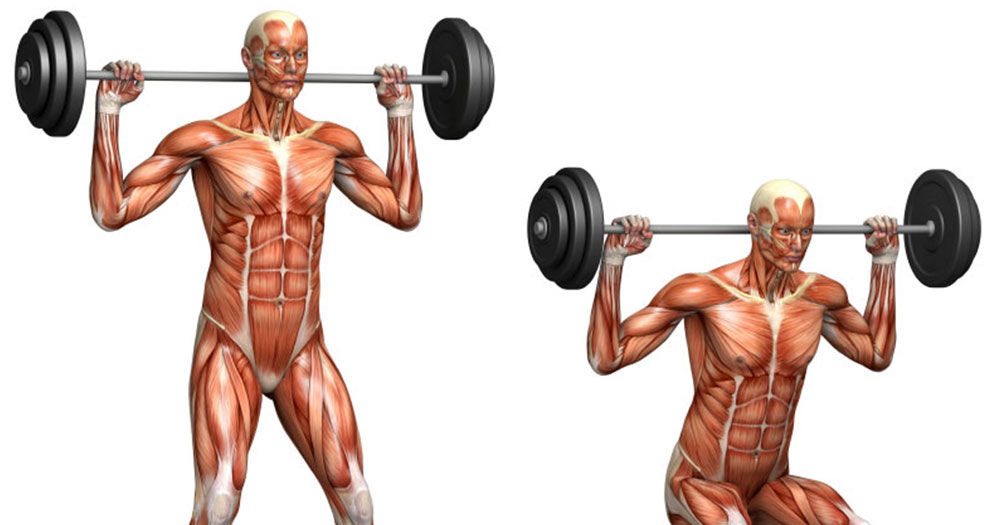What Is Rapport and Why Is It So Important?

You’ve probably heard the word rapport before but maybe never thought much about its meaning and its importance. If you’re like me then you had heard the word, but never knew how to spell it properly. Read on to learn more about the significance of rapport; and its proper spelling.
Read More













